Word Count: 1,172
Average Read Time: 4.5 minutes
Are you working out with little to no results? Are you struggling to get stronger or grow muscle? It could be that you aren’t working out hard enough. Remember, the human body is built to survive. It adapts to outside stress in ways that helps it better tolerate that same outside stress.
When we lift weights, the body responds by growing bigger, stronger muscles in order to be able to lift those weights more easily. Now let’s flip that around. If you aren’t working out hard enough, you aren’t giving your muscles a reason to grow and get stronger.
The Study
A 2017 study found that most people aren’t seeing results because they simply aren’t working hard enough. [1] The researchers of this study asked the 160 participants to select a weight that they would normally use for 10 reps on the bench press. They were then asked to bench press that weight for as many reps as they could. The results were shocking:
0% of participants lifted less than 10 reps.
22% of participants lifted 10-12 reps.
31% of participants lifted 13-15 reps.
21% of participants lifted 16-18 reps.
26% of participants lifted 19 or more reps.
The average number of reps performed was 16.
These findings would suggest that the vast majority of gym goers aren’t seeing results because they are underestimating themselves, are lazy, have a low pain tolerance, or some combination of the three. If you’re an all-or-nothing type person, you may take this information and decide you’re going to go take all of your sets to failure, but I’d caution you against that too. Training to failure does have it’s benefits, but it also has some drawbacks.
To Fail Or Not To Fail
Training to failure provides one major benefit. Taking a set all the way to failure ensures you are maximally recruiting all the muscle fibers in the muscle that you are targeting, making that one set more effective than if you hadn’t taken it to failure; however, the thing that we must consider here is that we typically don’t do just one set. What happens when we take multiple sets to failure?
Every time we take a set to failure, it produces more fatigue than if we didn’t take that set to failure. That sounds pretty obvious, but what does it mean in practice? Well, let’s say you’re doing three sets of pull ups to failure. You get 10 reps on the first set, but because you’re tired, you get 7 on the second set and 5 on the third set.
Now let’s say you did those same three sets except you stopped 2 reps short of failure and because you weren’t building up as much fatigue, you were able to get 8 reps on each set. In the second example, that’s a total of 24 reps whereas in the first example, you were only able to get 22 reps.
In other words, even though the second example wasn’t taken to failure, more total volume (total reps) was performed, which could lead to more muscle growth. You also have to keep in mind that when working out, we do more than just one exercise and this fatigue will continue compounding with each additional exercise.
One thought that popped into my head that you may be wondering as well is, “Well, what if you did the same amount of reps? Would training to failure produce better results?” Interestingly enough, there are a few studies on this topic and the results are mixed. Some studies show training to failure is superior [2][3], but the majority of the studies show training to failure produces roughly the same results as simply training close to failure. [4][5][6][7]
The Middle Ground
At this point, we’ve discovered that training too far from failure does nothing, but taking all sets to failure isn’t the best solution either. We need to go close, but not all the way, to failure. So what’s the sweet spot then? (Click to tweet this.)
This topic hasn’t been well studied, but according to the top researchers in this field, such as Dr. Eric Helms, Dr. Brad Schoenfeld, and Dr. Mike Zourdos, you need to be no more than 3 or 4 reps from failure at the end of each set to effectively build muscle. Studies refer to reps from failure as “Reps in Reserve”, or RIR for short.
How does this look in practice? What do I do with my clients? This varies a little, but most often, I will give my clients a target of 2 - 4 RIR. This gives the benefits of training near failure without all the drawbacks. The fact that I give them an RIR range rather than a target is also important, because we still have to take fatigue from each set into account. Let’s look at an example:
Let’s say you’re doing a dumbbell bench for 3 sets of 10. You start with 50 pound dumbbells, which puts you at 4 RIR at the end of the first set. You do the same weight for the next set, but because your muscles aren’t 100% fresh anymore, you have only 3 RIR at the end of the set. Repeat this again and you likely only have 2 RIR at the end of the third set.
In other words, in order to stay between 2 and 4 RIR, pick a weight that puts you 4 reps away from failure on your first set and by the time you get to the end of your last set, you will mostly likely only have 2 reps left in you.
As a final note, remember that, while we can’t be certain that training to failure produces any extra benefits, there are still some studies that suggest this is the case and I think we should hedge our bets. So how do we do this intelligently?
My personal recommendation would be to go to failure only on the last set of your isolation exercises (which should be at the end of your workout). This will help you avoid building up too much fatigue early in the workout and will also help keep you safe. I wouldn’t recommend going to failure on big compound exercises such as barbell squats or deadlifts.
Takeaway
In order to get the most benefit with the least drawbacks, aim for 2 - 4 reps in reserve in most situations.
Aim for 4 RIR on the first set of each exercise and each set will naturally get harder.
Anything more than 4 reps from failure is a warm up set.
Thank you so much for reading! If you found this information helpful and want to help the Treadaway Training blog grow, simply share this post with a friend. If you like what I have to say, sign up below to become a Treadaway Training insider and get notified for each blogcast and video. I will be back here Thursday with another fat loss topic. As always, God bless you AND your family and I'll see you Thursday.







